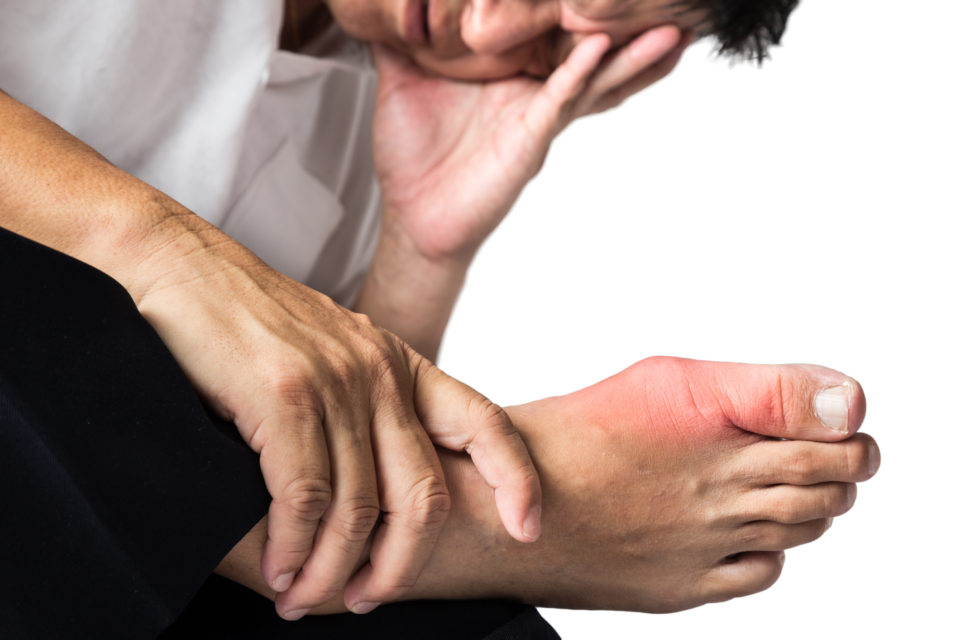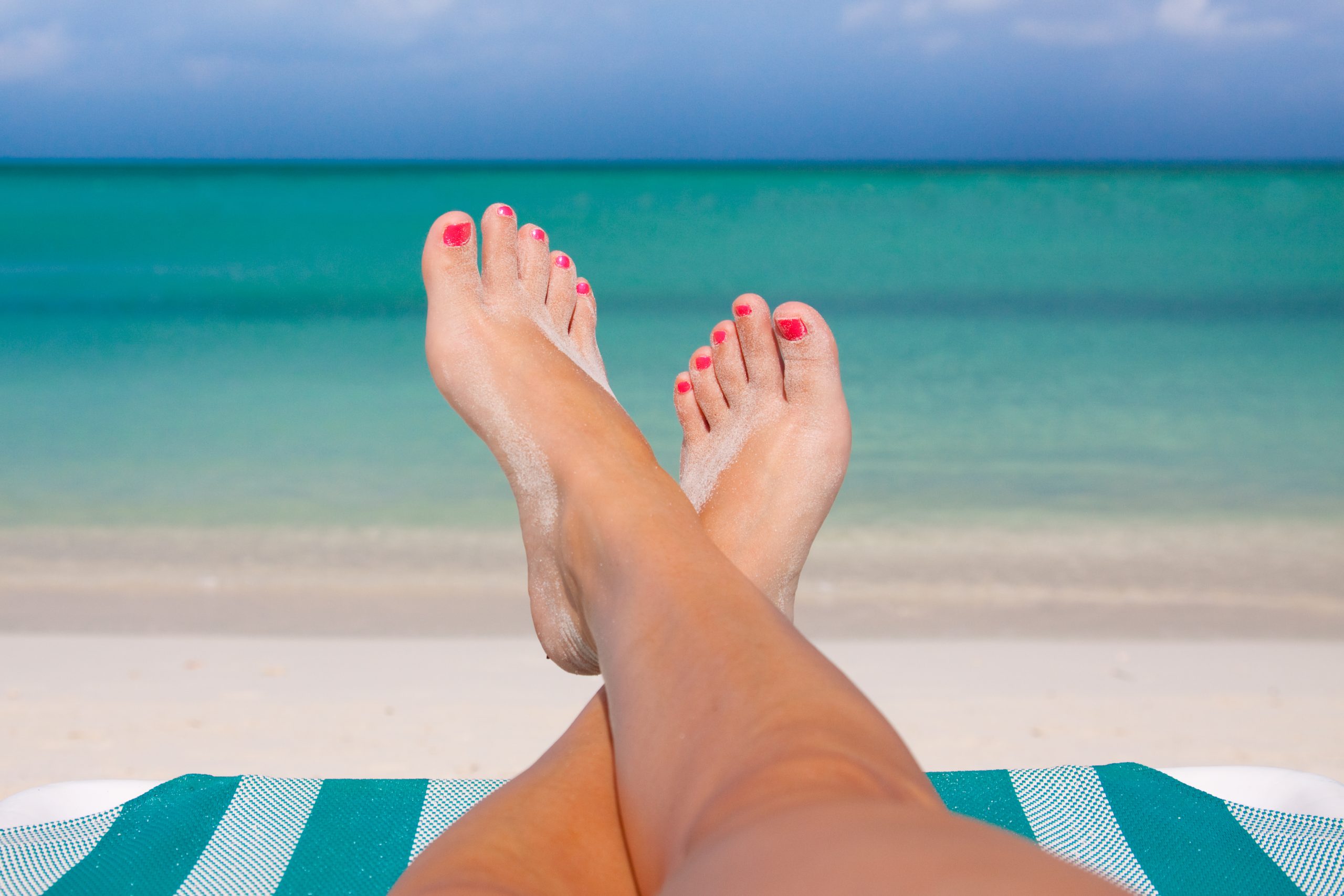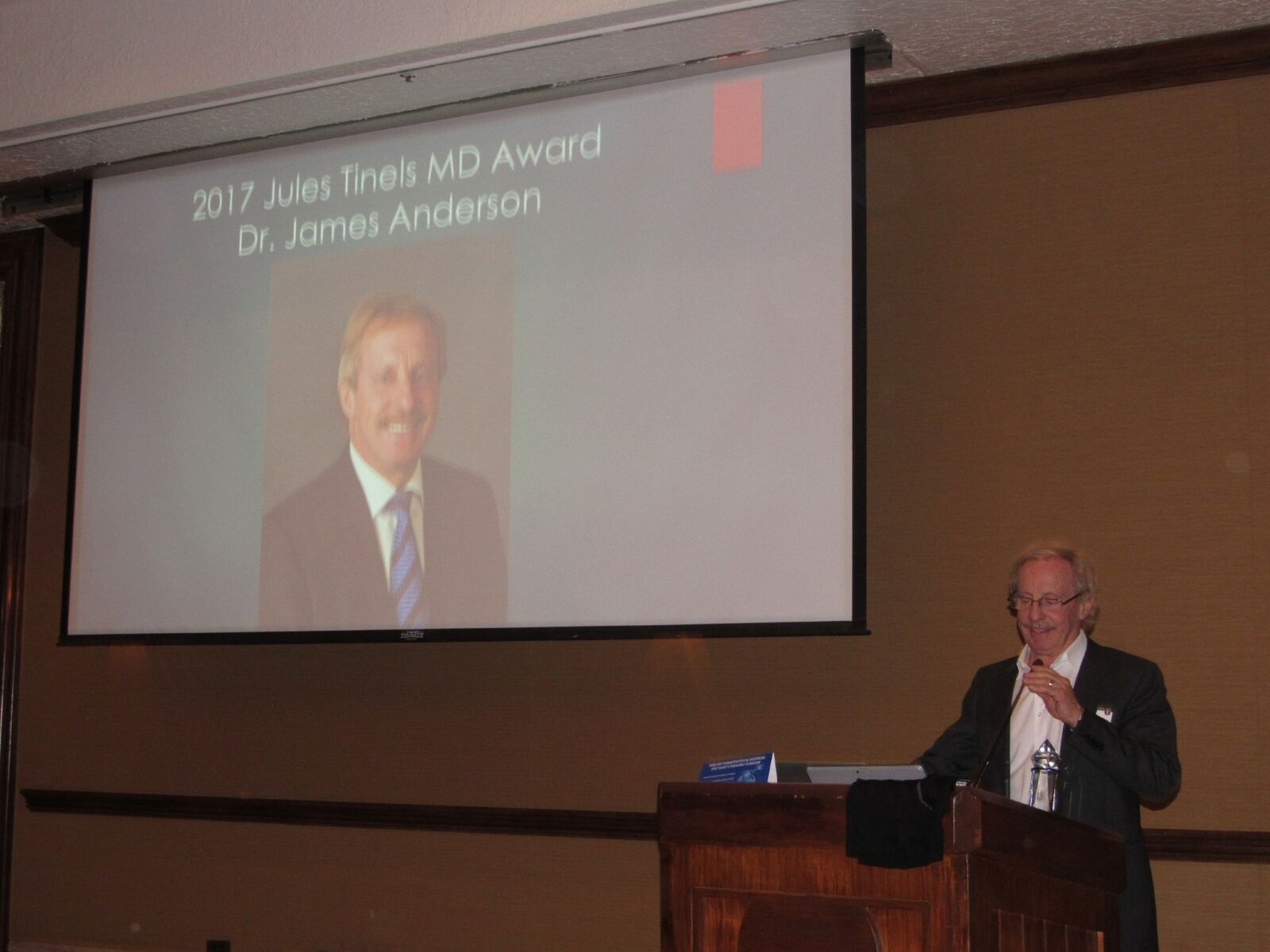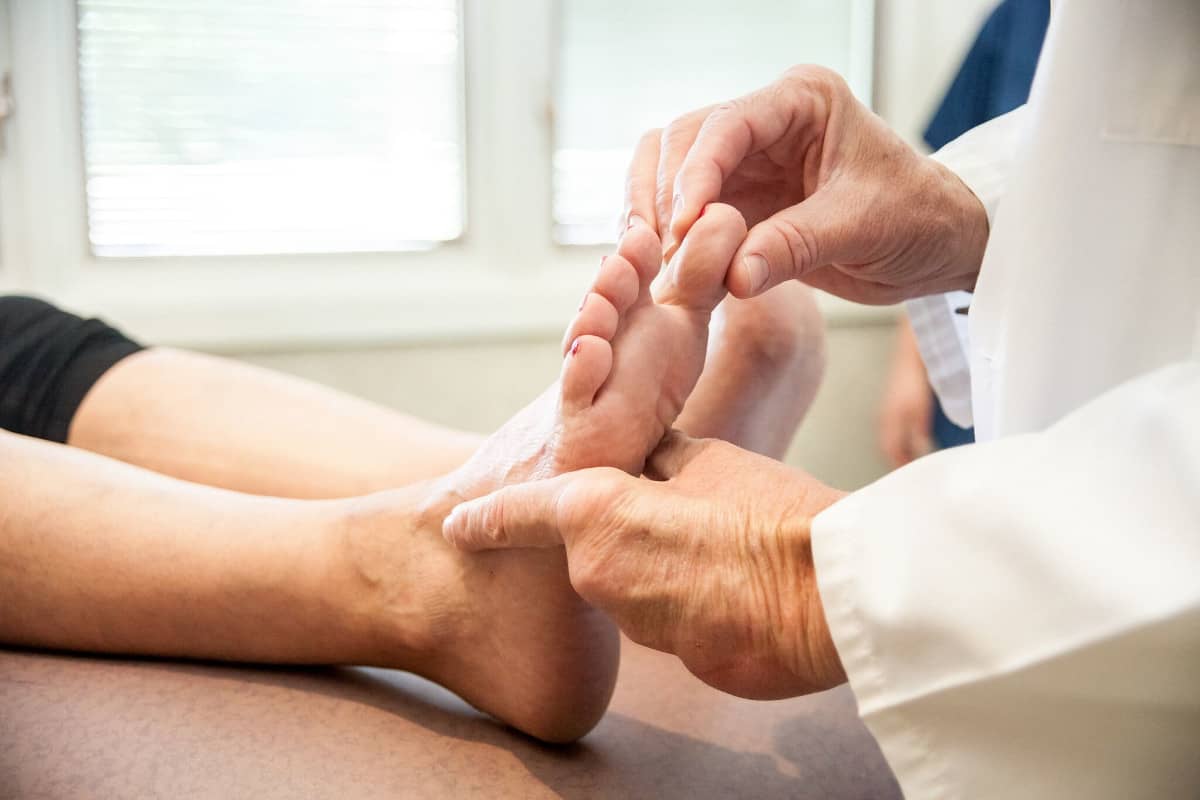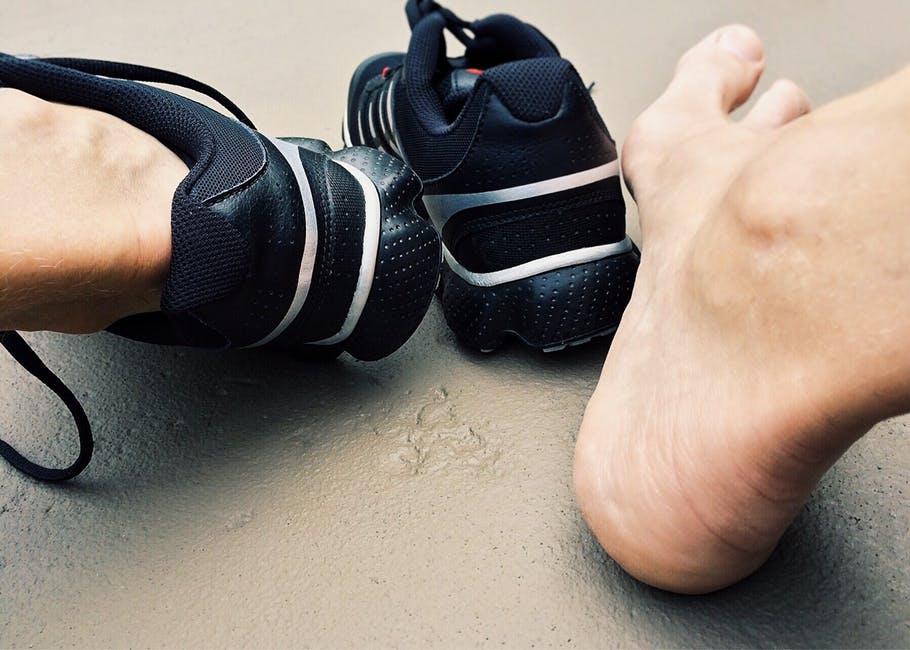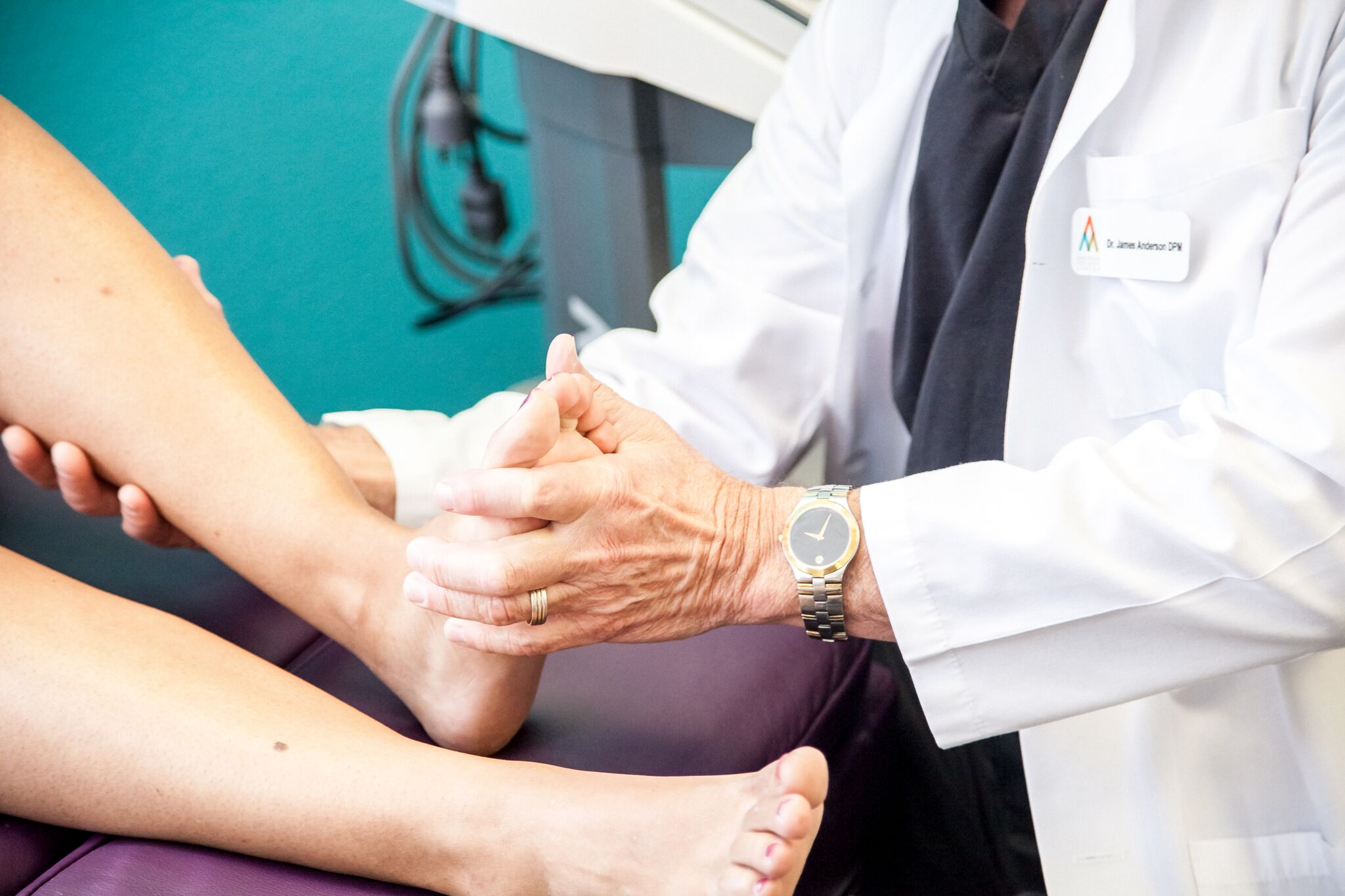When traveling for medical care, people search for specialized services, quality and great service (location doesn’t hurt either). You need and deserve the best. Anderson Center for Surgery is just such a place.
Complete Care One Setting
- We are the first and only complete care center in the Rocky Mountain Region for podiatry and lower extremity nerve pain, as well as for chronic pain throughout the body, with both office and surgery center in one convenient location offering complete specialized care from a dedicated team.
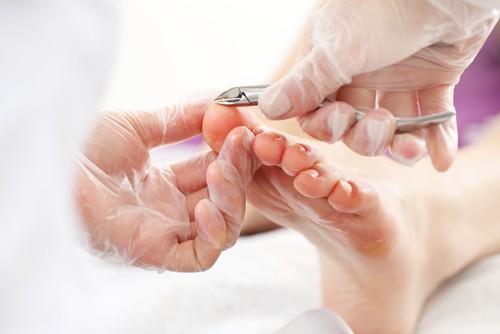
Expert Specialized Care
We have been offering excellent care to patients in the US and Canada for over 35 years. We offer several specialized services rarely available elsewhere:
- We have provided care for thousands of patients using advanced treatment options for neuropathy and restless legs from one of the most experienced and expert surgeons in these procedures in the country and abroad, enabling patients to reverse their symptoms.
- In addition to lower extremity expertise, our staff includes another of the top peripheral nerve surgeons in the country, providing relief for chronic pain and numbness throughout the rest of the body, including other neuropathies, joint pain, pain following surgery, back or neck pain, chronic migraine headaches, and more.
- Our doctors are often able to provide relief when you or other doctors have given up hope.
Price Transparency and Cost-Effective Services
Why travel for care? Big savings and specialist care not found elsewhere
Over 1.5 million Americans travel every year for medical care. Many current consumers of healthcare face high deductibles, no insurance, or narrow networks that prohibit care from the providers of their choice. Travelling for care allows patients with or without insurance coverage get affordable care and bypass long wait times.
For those without insurance as an option or who have high deductibles and want lower cost options, we offer cost transparent and competitively priced services that bring patients to our center from all over the country. Anderson Center for surgery is open and transparent about our fees and the cost of treatment. We have designed fee-for-service packages to meet our patients’ diverse needs. We bundle our services into a global package so our patients know exactly what the treatment will cost will be. Click HERE for more information on our affordable, quality care with only One Bill. By purchasing a discounted package prior to treatment, patients avoid extra costs involved with paying for individual services.
We encourage patients to be fully educated about all of the costs for their specific situation. Our patient coordinator will tell you exactly what to expect when it comes to the cost of your treatment, and we have financing options available.
Take the First Steps with Anderson Center for Surgery
Our team is experienced in assisting patients with travel logistics in order to foster as stress-free an experience as possible. Consequently, patients receive top-quality care from our specialized team in a relaxing environment located in beautiful Fort Collins, Colorado, situated right along the Front Range and just an hour from Denver.
We are easily accessible whether traveling nationally or internationally or from local communities like Denver, Boulder, Colorado Springs, Cheyenne and their surrounding areas.
SDFC is easily accessible whether traveling internationally or from.
Our team makes every effort to go beyond your expectations in providing the highest level of surgical care and customer service.
Whether a national or international patient, at Anderson Center for Surgery it is extremely important to us that our patients have a positive experience. As part of this effort, our team will assist you with the required forms needed, and we have online videos available to give you more information about our center and procedures available, as well as testimonials from patients who have experienced our care.
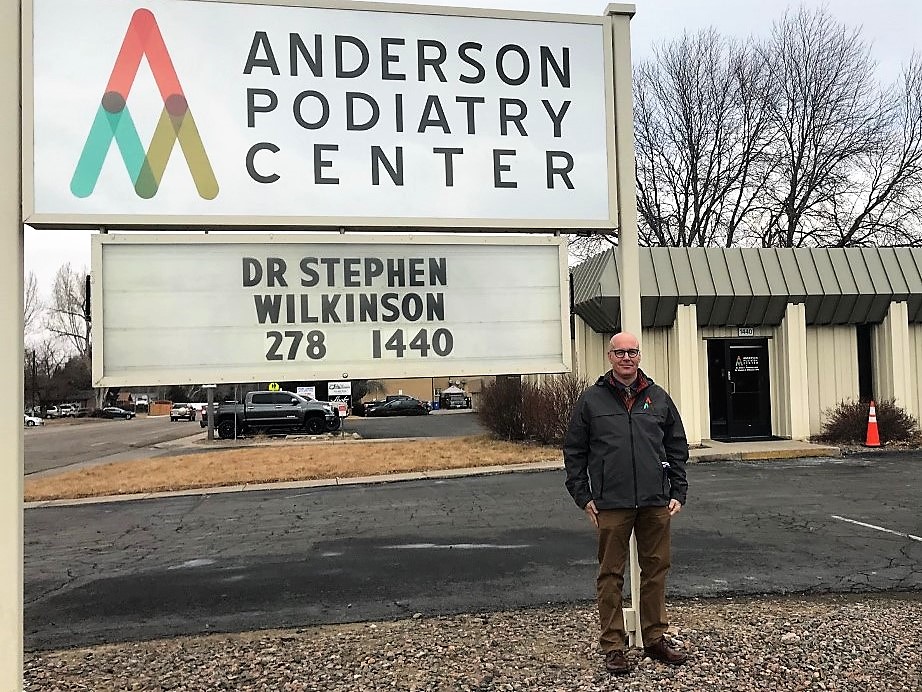
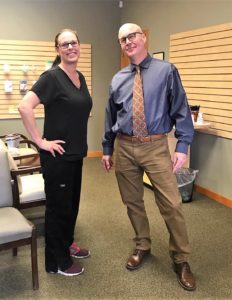 “I’m very excited to see the Loveland office open. It demonstrates Anderson Podiatry Center’s commitment to growth and expansion of services,” commented James Anderson, DPM, our president, and owner. “At Anderson Podiatry Center, we believe that successfully providing full-service care to our patients requires more than just knowledge. We are passionate about improving the quality of life of our patients. Our commitment to providing modern, excellent care and unparalleled communication and customer service has helped put us at the forefront of medical care in the area and indeed, around the United States.”
“I’m very excited to see the Loveland office open. It demonstrates Anderson Podiatry Center’s commitment to growth and expansion of services,” commented James Anderson, DPM, our president, and owner. “At Anderson Podiatry Center, we believe that successfully providing full-service care to our patients requires more than just knowledge. We are passionate about improving the quality of life of our patients. Our commitment to providing modern, excellent care and unparalleled communication and customer service has helped put us at the forefront of medical care in the area and indeed, around the United States.”